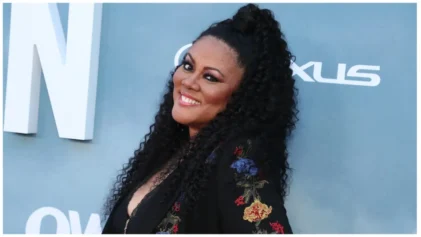
Back in 1991, Newsweek did a cover story on gangsta rap that proclaimed 80 percent of hip hop’s audience was white. That article sparked a firestorm of attention, but the public began accepting the number as fact. Adding gasoline to the flame, around the same time Ice-T came out and attributed anything above his usual album sales of 750 thousand to “white kids.”
What can we say about the veracity of the 80 percent claim?
In 2004 Mediamark Research Inc. estimated that closer to 60 percent of rap music consumers were white. While that’s still substantial, it’s much lower than the rumored 80 percent that has been floating around for over twenty years.
Of the approximately 64 million Americans between age 15 and 30, about 73 percent of them are white. So if 60 percent of rap consumers were white in 2004, they represented a significantly lower number than their share of the population—meaning the Blacks and Hispanics in remaining 40 percent were significantly higher than their share of the overall U.S. population.
In others words, whites were underrepresented among rap consumers and Blacks and Hispanics were over-represented.
Have the percentages changed much in the decade since MRI’s estimate? It doesn’t appear as if anyone has undertaken such an investigation. That’s probably because the music industry now is more preoccupied with a different question: Is anyone buying rap—or anything else?
We are in the midst of a catastrophic decline in record sales. Total music sales went down for the first time ever from 2012 to 2013, falling 6.3 percent, according to the Atlantic.
The history of the data collection makes one wonder how in 1991, when there were no devices tracking race in record sales, did they come up with that number of 80 percent? And why were they allowed to release it as fact?
The answer? Media corporations needed a marketing tool to justify ad revenue for Top 40 stations.
Industry experts will remember that in the 80’s and 90’s, so-called “Black” stations weren’t playing rap in regular rotation and if they did it was only on the weekends. Black radio programmers claimed this was because of the effect on their advertisers—when a Black station played just rap it wasn’t long before it went off the airwaves.
Noticing the lack of hip hip on the radio, a lot of Top 40 stations began adding it to their rotation. The difference was these top 40 stations could keep their ad revenue up while playing the same amount, if not more, rap than an urban station. Hip hop was now being included in the Top 40 and making its way to every suburban middle school dance and frat party around the country.
According to hiphopandpolitics.com, advertisers have a very specific hierarchy of demographics they wish to reach: White males between the ages of 18 and 34 first, then white males between 25-54, white women 25-34, women of color 25-34, followed by white teens and eventually landing on Black males. This is largely due to the assumption that in America white males have the most disposable income.
Buying into the notion that only white kids buy rap music is not only ridiculous, it discredits an entire population.
“I think that we’re playing a game of racial politics when we say that white kids buy most rap music,” says Bakari Kitwana, author of “Why White Kids Love Hip Hop: Wankstas, Wiggas, Wannabes, and the New Reality of Race in America.” “It’s suggesting that the buying power of young African Americans is not as substantial as it is.”
As is evidenced in many other industries that cater to young people, such as clothing, sneakers and video games, Black young people are a potent consumer group. The advertisers who notice this the quickest are being rewarded with consumer loyalty—and noticeable increases in revenue. Just ask Nike.


